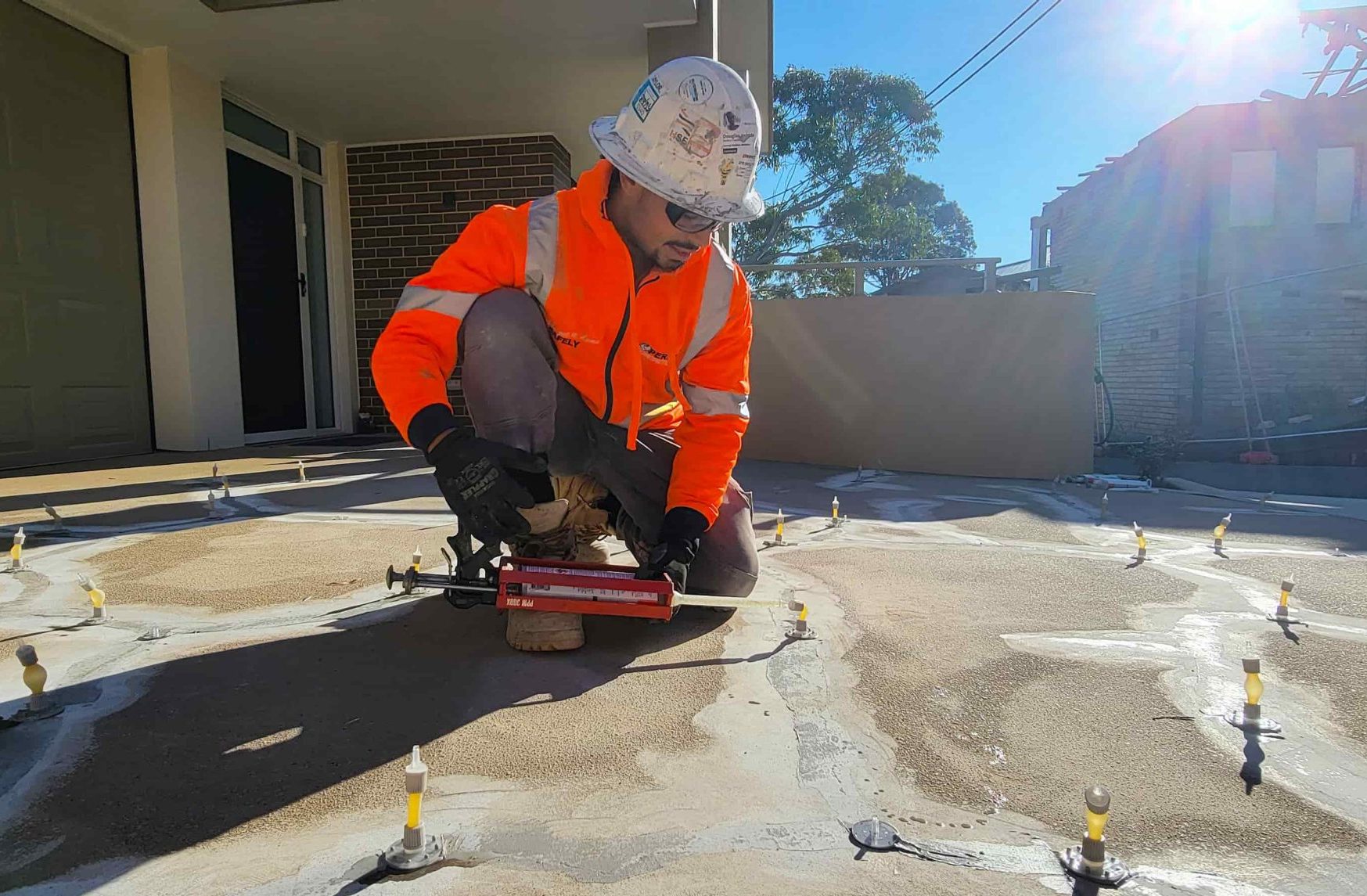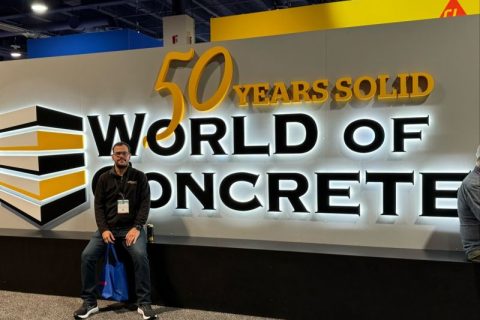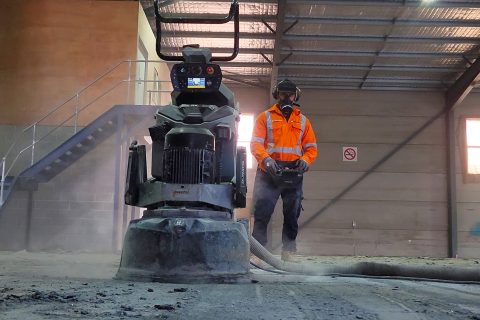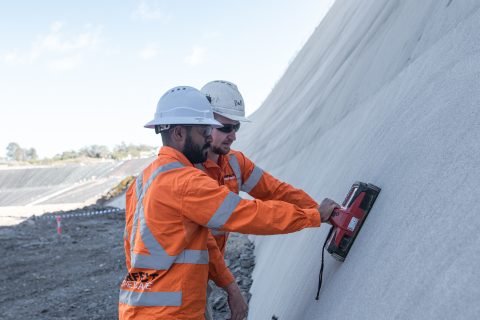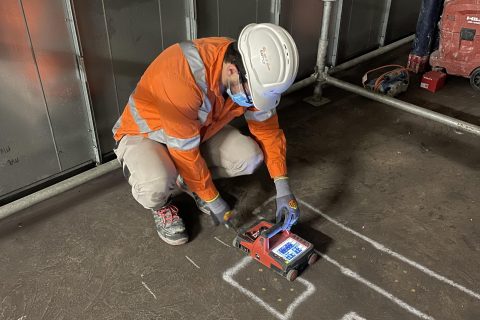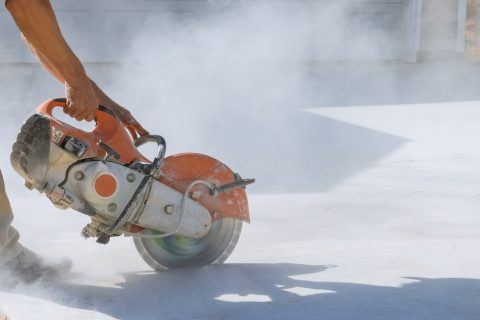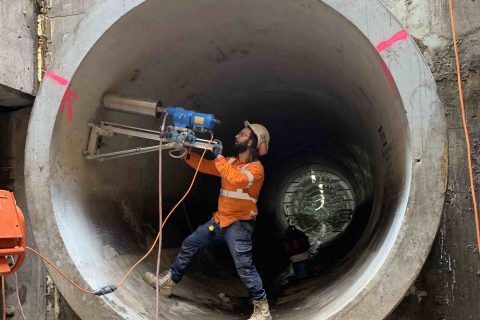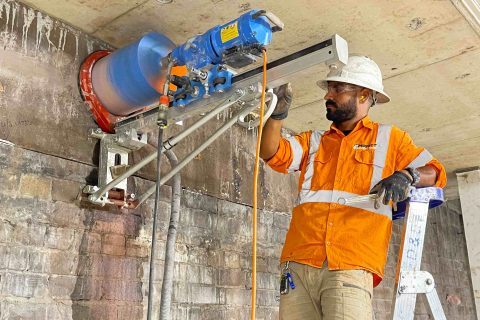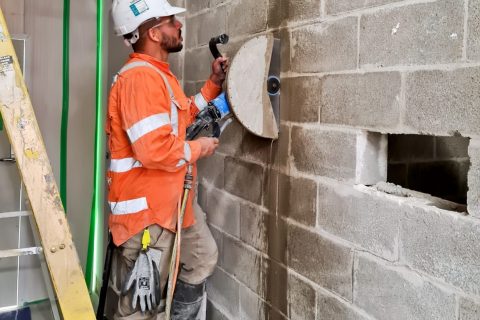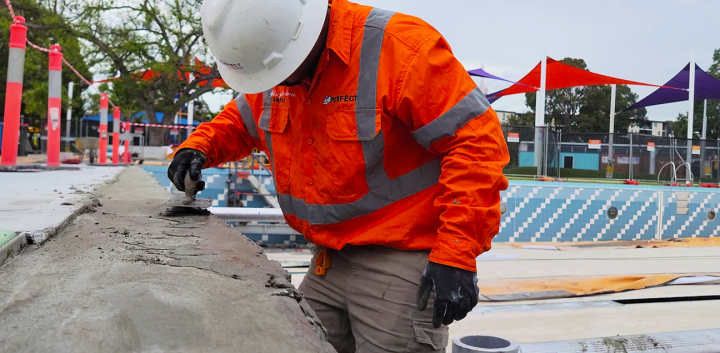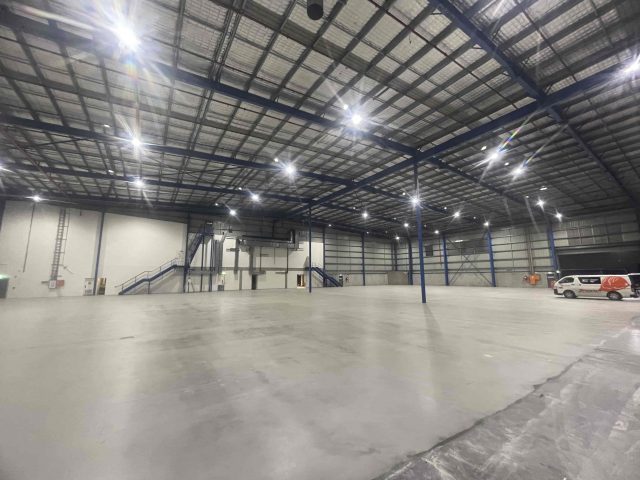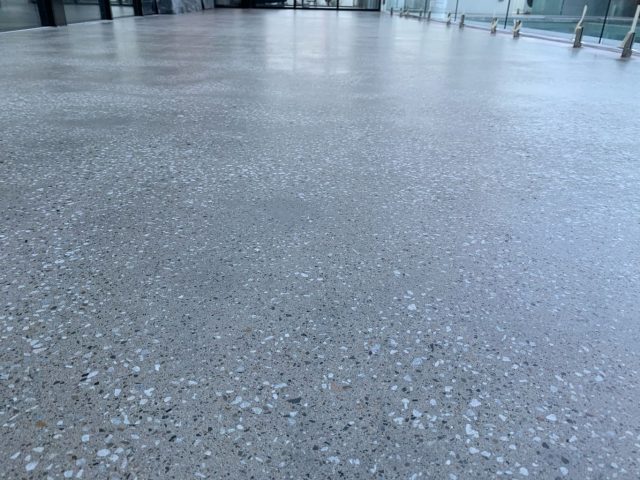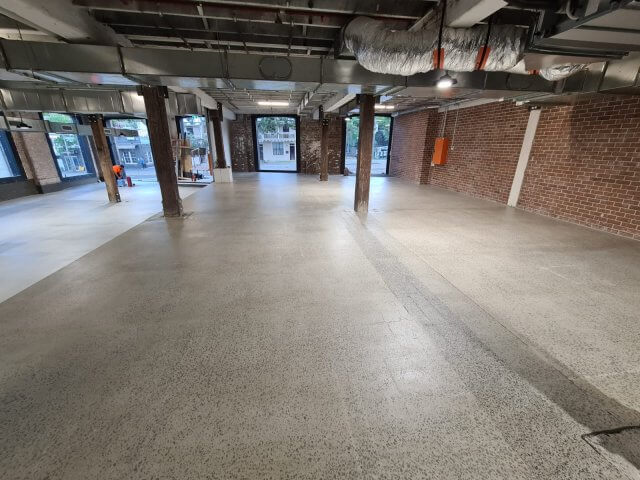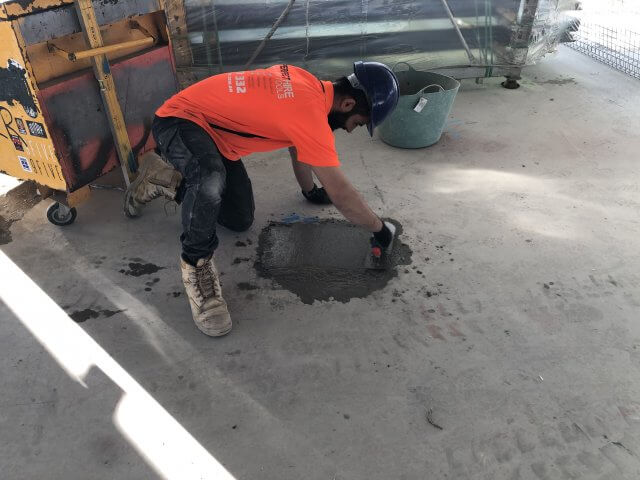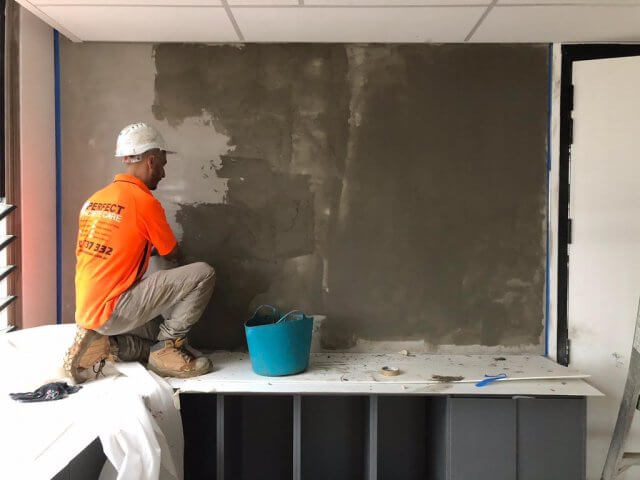By Daniel Green
The ancient Japanese practice of Kintsugi sees cracks in pottery repaired by filling them with gold. The idea behind this is supposedly to remind us that there is still use and beauty in something that had been damaged or even destroyed.
Fast forward to 2022 to your best long-term client, their freshly cured concrete driveway and the inch wide crack running end to end. Try as you might I don’t imagine explaining away your errors by quoting Kintsugi would get you far.
When properly prepped and poured, concrete is one of the most durable and hardy construction materials on the planet. Errors or omissions however will often result in a very substandard product. So why does it crack in the first place? Read on.
Reasons for Cracked Concrete
1. Overwatering
In terms of overwatering this is due to the evaporation process that all slabs endure whilst curing. As the water is expunged the concrete shrinks, and if this water content was excessive to begin with then the potentiality for cracking is far greater. As the slab dries it literally pulls itself apart. Remember, concrete can shrink as much as 12mm per 30m!
The Fix
Ensure the correct ratio of materials is used. A wetter mix may be easier to work but compared to demolishing and repouring its a walk in the park. Leave the sloppy stuff for someone else.
2. Quick Curing
The curing process of a slab is done at its own pace. You can try and hurry it along but it will often only result in issues needing reworks. If the conditions aren’t optimal for slab drying then the curing process can fail and cracks will appear. One example is when the environmental conditions are too hot and the slab cures too quickly. Much like overwatering the slab literally pulls itself apart.
The Fix
Pour only on days that have mild temperatures, or earlier in the day on hot days. They will allow slow, steady drying as opposed to fast, uncontrolled drying. Alternatively, use water to cool and hydrate the slab during curing. This must be done by a professional who understands that overwatering is equally as dangerous as fast curing.
3. Poor Ground Conditions
The old adage that preparation is 90% of the result is no truer than in concreting. Laying good ground work is one of the key elements to ensuring your slab remains trouble free. Remember, concrete is strong but brittle. It cannot withstand excessive torsional loading. Its effectiveness lies in its compressive strength. If the ground underneath the pour is substandard then there is the chance that once laden, the slab will crack. If it is muddy or has great variances in height or quality, then there is a string chance the slab will not prevail.
The Fix
Ensure a high standard of earthworks prior to the pour. The ground must be clean and dry with no major pitfalls or variations in surface height. It must be of adequate depth to suit the end use.
4. A Lack of Joints
Concrete will always crack. Anything this brittle poured directly onto shifting earth is destined to. This can be minimised by controlling where the concrete cracks. This is where control joints come in. By predetermining where slabs will crack prevents uncontrolled cracking in undesirable locations.
The Fix
Add more joints. It’s not uncommon to see joints every 1200mm on terrain that sees a lot of ground movement like footpaths. Environments like these often contain many underground natural-occurring phenomena such as growing tree roots, underground water sources and wide variations in daily heat cycles. The rule is that the joints must go the depth of the slab and in a ratio of 30:1 max – so every 30cm for every 1cm depth of concrete.
5. A Low MPa Mix
The strength of concrete is measured in megapascals. It can be tailored to suit. This is necessary because as the MPa goes up, so does the cost. You don’t want hi-rise foundational concrete in your Nanna’s garden footpath. Not just in terms of cost but in lifespan. The hi rise stuff is an overkill.
On the other end of the scale is a low MPa mix. This will be significantly weaker, meaning the end use should be considered before beginning. Footpaths are suitable for most lower MPa mixes as they’re designed to carry only foot traffic. Heavier loads such as cars and trucks need a higher MPa mix. Lower MPA slabs are less forgiving for poor ground works too. Ideally, the MPa of a residential slab should be somewhere in the middle – around 20-25MPa.
The Fix
Be sure that the concrete is appropriate for your application and that adequate testing occurs prior to installation.
6. Poor Steelfixing
Even a residential garden footpath needs steel reinforcement to retain strength and stability long into the future. Steel that is too close to the surface creates weak spots that are prone to cracking. Similarly for steel that is too close to the edge. Rebar that is unevenly spaced gives the same result. Also rebar that’s too thick or too thin.
The Fix
Use only good quality steel reinforcing bars that are appropriate for the application. Have them installed in the correct manner and pattern, taking into account the depth of the slab, its intended use and lifespan.
7. Heavy Use
Concrete slabs that have been worked beyond their design limitations will crack. Not just in terms of weight but also in other forms of loading such as: tracking large machines across them, excessive twisting of mechanical loads on them, a large concentration of force on one small area, frequent contact with unforgiving surfaces and more.
The Fix
Use concrete within its design limitations. If these limitations change then expect the slab to disintegrate, requiring demolition and rebuilding.
Types of Concrete Cracks
- Hairline. These are often an aesthetic issue more than a structural one, though there may be more below the surface than just a tiny hairline crack.
- Shrinkage. These occur during curing and can be reduced or prevented with proper or more frequent joints. Shrinkage cracks make your concrete structurally unsound.
- Settlement. These are present because things have settled, causing the brittle slab to crack. The cause? Poor ground preparation resulting in sinkage.
- Structural. Any crack that retards the integrity of the slab. These run through the depth of the entire slab.
Defining Cracks
Below are some questions that will help determine the urgency of your repair.
- Is the crack static or has it grown?
- If the crack is on a horizontal surface, is it a trip hazard?
- If in a vertical surface, does it allow seepage?
- Does it trap material and is therefore a sanitation issue?
- Is it an eyesore?
Repair Methods
The methods of repair for concrete cracks are mechanical only. Each type depends on the end use and severity.
- Patching. If the slab isn’t structural and the cracks are only superficial then they can be patched. This consists of scoring or gouging the area around the crack and applying a mortar-like product to rebuild the surface as per the original slab.
- Reinforcing. If the slab can be reinforced by a custom steel installation then this can prevent collapse and/or further deterioration.
- Demolition. If the slab is structural and the integrity of the building depends on it then demolition and rebuilding is likely the only fix.
In Conclusion
So there you have it. The ins and outs of concrete cracks. For more information on how to repair or prevent concrete cracks, contact Rodrigo from Perfect Concrete Care on 0481 231 493.

